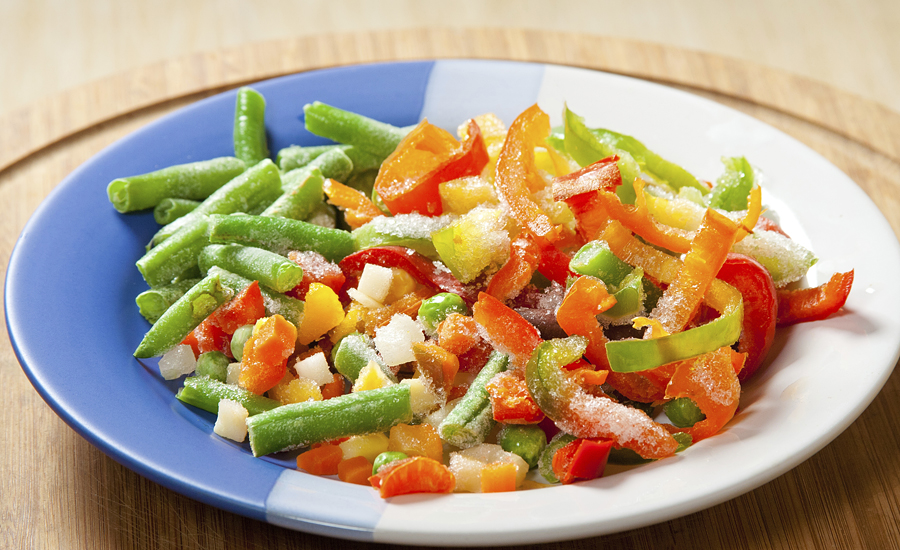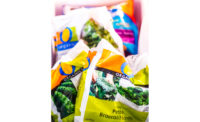The global frozen fruits and vegetable market will grow at an annual rate of 5.34% and reach 751 million tons by 2027, according to a report published by Market Research Future, Woburn, Mass.
Changing consumption patterns and busy schedules, as well as demand for newer flavors and ingredients have contributed to this growth. A rise in demand for convenience across the globe has also pushed frozen fruits and vegetables right up the food ranks.
The report, "Global Market Study on Frozen Fruits: Upsurge in Demand from Industrial Customers to Drive Market Growth over the Forecast Period 2016-2022," shows a similar forecast for the global frozen fruit market alone, projecting annual growth at 5.32% by 2022.
Among other fruits, it seems the demand for frozen fruits like tropical fruits and citrus fruits, red fruits, kiwi, apricots and berries will be higher than others. Their use in baked goods, dairy products and confectionery items is perhaps the reason for this growth. In the frozen vegetable segments, spinach and legumes will see substantial growth due to the rise in demand for ready-to-eat foods.
However, the report also points out that the growth percentage of frozen fruits and vegetables is still much lower than the overall market consumption of fruits and vegetables. Regional differences persist, with developing markets like India and China showing as much potential as the developed markets like Europe and the United States.
New freezing technologies like individual-quick freezing (IQF) have further enhanced the concept of frozen foods for today's consumers.
While convenience is the buzzword of the day, rising awareness for healthy foods and clean eating will also affect the overall market. On the other end of the spectrum, organic fruits and vegetables will grow at a CAGR of 9.4% and witness a market worth of $62.97 billion by 2020.
Key factors like environmental sustainability of organic products, innovative packaging and storage methods are influencing buyer decisions. For the intelligent buyer, these along with the quality and nutritional value of the product matter more than the price.
Produced without the use of synthetic farming processes, organic produce is available in puree, fresh, powdered and frozen forms, all offering a range of health benefits for the consumer, with North America and Europe dominating, following by the Asia-Pacific region.
With food waste and food security occupying a major portion of consumer consciousness, the coming years will see a rise in ugly produce and food efficiency.






